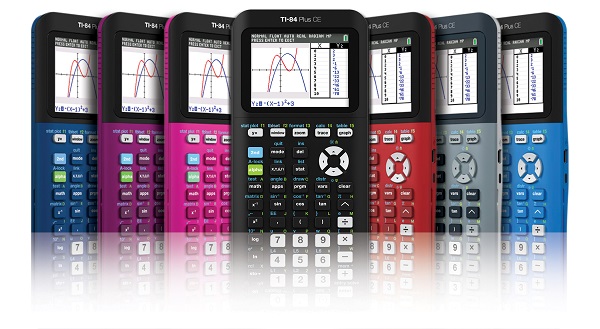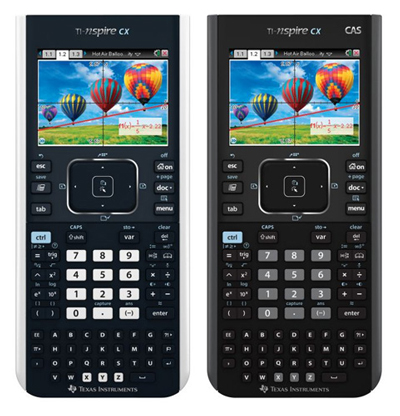Graphic calculators are becoming one of the most important tech gadgets for students, scientists and everyone in the business world. They are modernized to the extent of giving very precise solutions to mathematical tasks, almost making manual solving unnecessary.
The graphic calculator differs a lot from the traditional calculator in many features. First and most important, the graphic calculator is made to perform advanced mathematical and scientific tasks. Moreover, these calculators can make drawings, plot graphs and create complex programs.

Generally, the graphic calculator is small and weighs less than 115g and can easily fit into a grown man’s palm. A standard graphic calculator will have minimum of 500 built-in functions and memory capacity of 24 to 200 KB RAM. These calculators are mostly recommended for advanced participants in math courses such as algebra, geometry and calculus. They are divided into two general groups.
CAS (Computer Algebra System) Calculators
The graphic calculator that has the CAS label, can perform a number of functions at the touch of a single button. Evaluation, factoring, integrating, root solving and simplifying; all equations can be solved easy and quick. Students in math classes benefit the most from these calculators, as they also give visual solutions to advanced problems like functions and graphs.
Non – CAS Calculators
These perform mainly basic numerical expressions and are more suitable for students in less advanced math classes in lower grades, and people that need a calculator that performs only the basic functions: adding, subtraction, multiplying and dividing.
Both types have the following similarities.
- Natural or Conventional Display – natural display shows the solutions as if they were written manually;
- USB Ports – the ability to be adapted to other devices;
- 3D Capabilities – most graphic calculators these days have the 3D graphing function, which allows them to perform more functions over the x-y-z area.

What Should You Consider Before You Buy a Graphic Calculator
- You should have a clear idea about the purpose of use of the graphic calculator. Do you need it for solving complex mathematical equations or for simple calculations? Do you need it for frequent use?
- If you are a student, check the school’s policy on calculators. Some schools don’t allow the use of graphic calculators, and some do. Check with your school if you can use one, and what type, a CAS or non-CAS graphic calculator.
- Does the calculator have a return policy and warranty? A graphic calculator is a rather expensive gadget, so you should be protected with a warranty from eventual damage, and have a return policy if something is wrong with the calculator from the start.
- Brand and price. The difference is in the design and colour. Among the most popular brands are Texas Instruments, Casio, HP. Depending on the brand and the type of calculator, you will find a wide price range, so buy something according to budget. There are also used calculators, if you choose to go for that option.





















